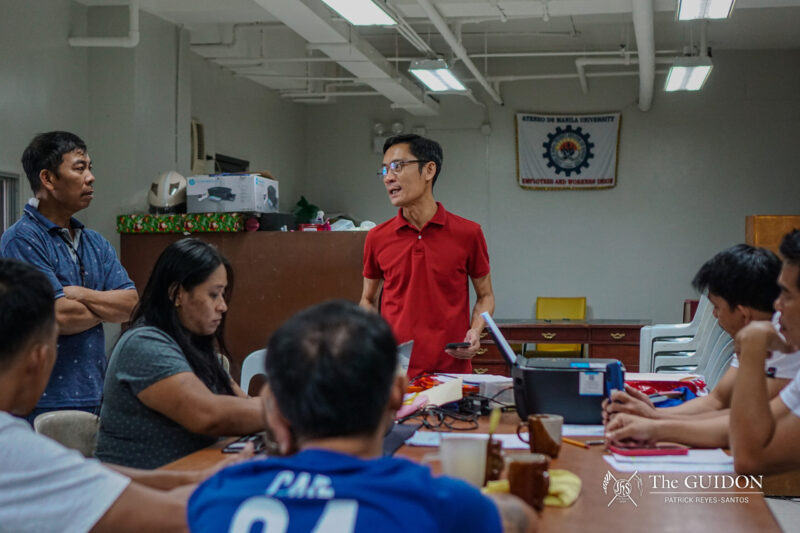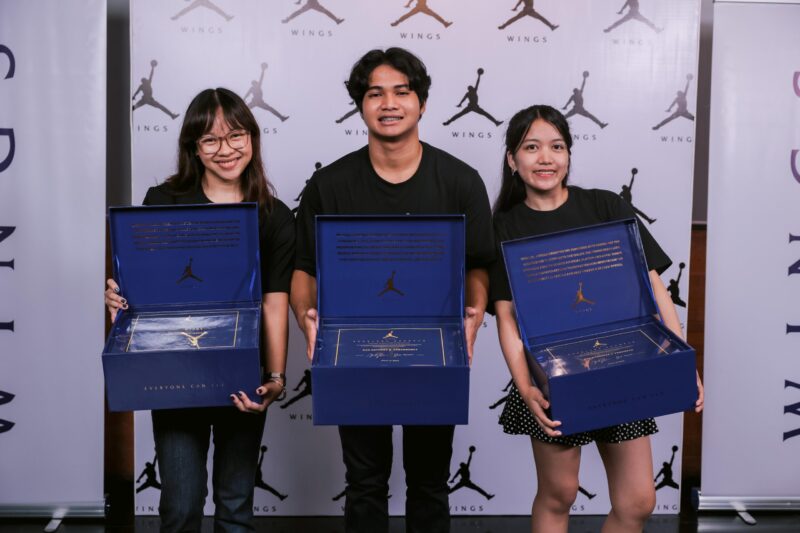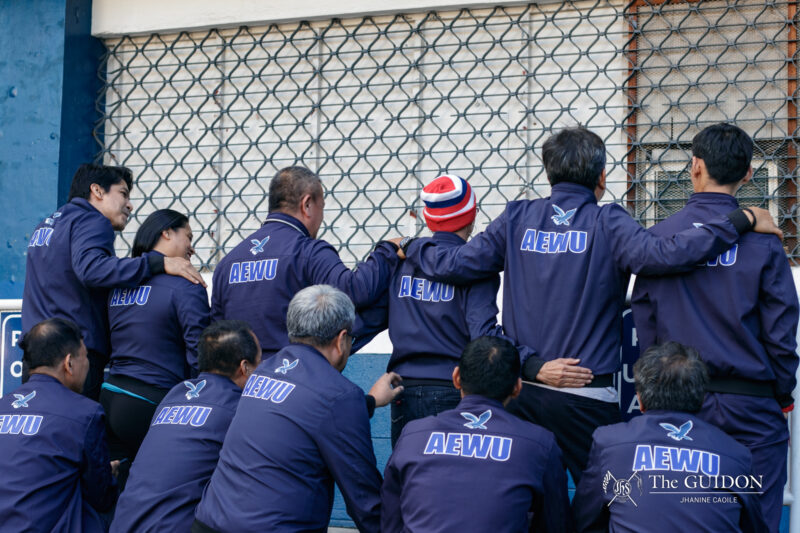THE SANGGUNIAN launched its Live Budget Tracker on February 10, granting the Loyola Schools (LS) community access to their first semester budget in an effort to ensure financial transparency.
Aside from comparing the Sanggunian units’ actual expenses with their proposed budgets, the tracker also details how the first semester’s overall budget of Php 1.5 million was utilized.
With unused funds amounting to Php 1.3 million, Interim Sanggunian President Jb Bejarin assured that the Sanggunian will reallocate this sum to the second semester budget and other urgent concerns such as emergency text blasts.
Financial transparency
Prior to the release of the Live Budget Tracker, Bejarin said that the student body requested the Sanggunian to be more transparent with their initiatives. Sanggunian Budget and Management Department Chair Valry Lim added that the student body also commented on the Sanggunian’s lack of action.
Bejarin said that plans for the Live Budget Tracker have been in place since September 2020 because they restructured some of the Sanggunian’s internal operations in preparation. “We can acknowledge that [the tracker] took time, [but] […] it’s now released [and] I’d like to acknowledge also that Sanggu’s among the first, if not the first organization, to do so, even going beyond the LS administration,” he said.
Lim also said that the publicly monitored tracker can encourage Sanggunian members to push through with their proposed projects in hopes of avoiding excess funds. She explained that various funded initiatives last semester were cancelled due to special circumstances such as the consecutive typhoons and the academic strike.
In relation to this, Interim Sanggunian Vice President Kat Moreno said that the Sanggunian Academic Subsidy (SAS) and the Resource Partnership Program (RPP) had the biggest budget allocations but very few students availed of these subsidies. Bejarin added that there was a lack of SAS applications because of students’ lack of awareness and the complicated application process.
Moreno also said that the unimplemented Sanggunian Mental Health Fund Act of 2020 was supposed to receive a big part of the budget allocation, but the Sanggunian is still revising its application process to be easier for students.
Second try
To further improve the Sanggunian’s financial processes, Bejarin signed the Sanggunian Act No. 0013 to amend Section 3.3.3 of the Code of Financial Procedures (CFP) due to erroneous phrasing. The amendment clarified that “all Loyola Schools must collectively allocate at least 150,000 pesos for the SAS per semester,” not Php 150,000 per school.
He said that they cross-checked both the CFP provisions and the first semester SAS expenses after discussing the unspent allocations and the high SAS budget cap. The Central Assembly (CA) then lowered the second semester’s SAS budget in line with the low number of applications. Bejarin advised the School Representatives to allocate Php 50,000 for SAS with respect to the minimum budget.
To avoid making similar procedural mistakes in the future, Moreno plans to consult the student body for feedback. Should the Code of Legislative Procedures be fully revised next academic year, she hopes to share the document with the student body so they may share their input before CA reviews the bill. “[E]xposing that document to different perspectives is key, and we want to create or modify the current system to support that,” she said.
Lim said that the Sanggunian also plans to release a financial budget primer this semester, which will include the expenses from AY 2019-2020 and the transaction details for the current academic year. Bejarin added that the Sanggunian plans to standardize this primer and the Live Budget Tracker for the succeeding years to make financial information more accessible, as mandated by the Freedom of Information Act.
To avoid confusion, Lim also shared that the second semester budget will have two divisions. The first one will be a realigned budget using the first semester’s unused funds, and the second division will be an additional budget to be requested from the Office of Student Activities (OSA).
According to Bejarin, they will use the unused funds for subsidies and Sanggunian’s flagship advocacy projects such as One Big Pride and Mental Health Awareness+Action Week. As for the additional budget, they will request OSA for Php 631,906.07 based on the DBM’s second semester budget proposal. Lim proposed to reallocate Php 200,000 for RPP, Php 334,924.22 for Sectors Allocation Fund, and Php 96,981.85 for operational expenses.
“The reallocation, as in any budget proposal from Sanggunian, hopes to effectively respond to the needs of the student body at any period in time. It may not be a budget that can resolve concerns such as gadget inequities for students, scholarship claims, […] [or] professor complaints because that’s something we do for free within the School Sanggus. But it hopes to […] help the community by offering necessary services that the students need,” Bejarin said.
A work in progress
While Bejarin believes that the Live Budget Tracker and the reallocation of funds promote transparency and student engagement, he also acknowledged the Sanggunian’s tendency to neglect old documents with the creation of new policies. With this, he hopes that the Sanggunian continues reviewing their files and systems to ensure they make the best financial decisions in serving the student body.
He also wishes to boost transparency further by focusing on stakeholder and student engagement through livestream sessions, student consultations, the Sanggunian Student Perception Surveys, and other similar initiatives.
Lim added that the Sanggunian hopes their transparency initiatives will inform the LS community about how the Sanggunian could serve them. “We really wanted to show that there are lots of options that you can pick from [or] to ask help from Sanggu. [Whether] financially or maybe [even] just emotional support,” she said.
Bejarin also hopes that the Live Budget Tracker will empower the LS community to publicly demand for transparency. “For [transparency] to transcend Sanggu [and] for our community to be more transparent, there needs to be more demand for it. […] Individuals need to seek out for it more through the right channels, through the right engagements with those who need to be transparent in the first place,” he said.






